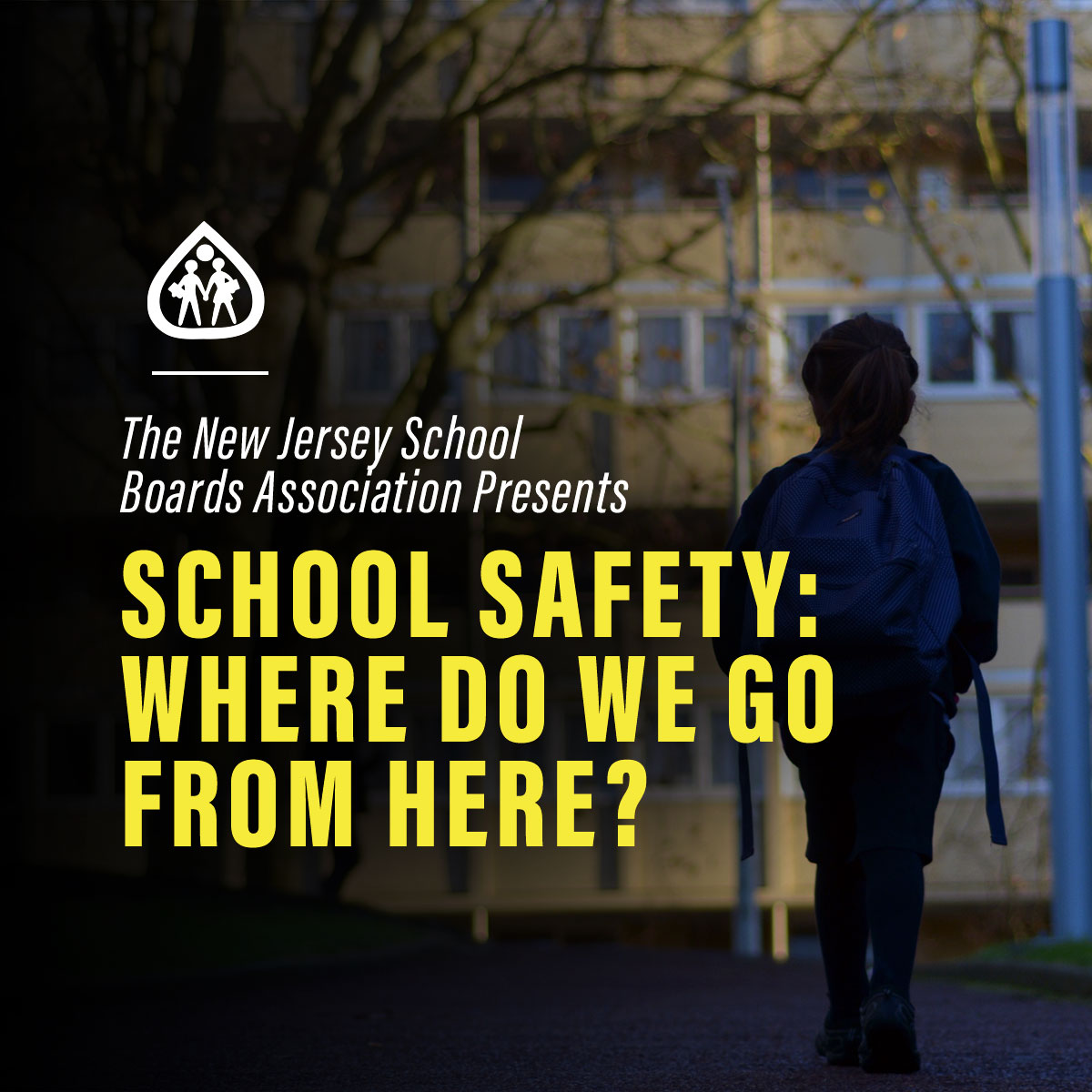Despite a year of unprecedented challenges, the Holmdel school district continued implementation of planned referendum projects for educational, security and safety improvements as part of a 2020 initiative.
In response to the COVID-19 outbreak, the district widened its focus from improving the educational learning environment to enhancing security to meet new considerations. This meant re-thinking the implementation process, as well as adapting the form that certain improvements took in the project.
The district’s voters originally approved a $40.3 million referendum in September 2017 to construct an addition at Holmdel High School and William R. Satz Middle School, as well as undertaking renovations and improvements at all four district schools.
Changes at Holmdel High School and W.R. Satz School, for example, included educational upgrades such as new STEAM Labs, a 21st century media center, engineering labs, science classroom renovations, music room alterations, locker room upgrades, site and athletic field improvements as well as security upgrades. Factored into all these changes were the rapidly evolving health and safety concerns due to the pandemic.
“It was critical that we considered student and faculty safety during the entire project,” said Ken Stromsland, Homdel’s director of facilities “Spiezle adapted to the changing dynamics of the current crisis and helped make this project a success.”
The initial planning included some more-traditional types of security upgrades, including secure vestibules and security cameras; upgraded communication systems and door hardware; defined entrances; site access changes, including safer bus and parent pick up/drop off areas; and exterior controls on the properties, including bollards and barriers.
But after the pandemic hit, Holmdel’s architect, Spiezle Architectural Group Inc., worked closely with the district’s administration, board of education and construction manager, Greyhawk, to expand their perspective of safety and security. This included an analysis of how scheduling, athletics, and food services at each school takes place.
The team incorporated these policy and procedure elements into the design to mitigate the risks associated with the district’s re-opening plan, while safety considerations expanded to include:
- UV-C lighting for disinfecting after hours
- Bipolar ionization filtration units in HVAC systems
- Site signage and parking changes
- Thermal temperature detection devices at entries
- Physical barriers (such as sneeze guards) at vestibules, in main offices and in nurse offices
- Antimicrobial coatings on commonly used surfaces, such as doorknobs, push bars, railings, bathroom fixtures and playground equipment
- Directional decals on floors to separate hallways and indicate directions of travel for students, teachers and visitors
- Hand sanitizer dispensers in each classroom and key locations
- Classroom and nurse office furniture spacing for physical distancing
- Support for enhanced cleaning procedures and related equipment
- Automatic paper towel and soap dispensers
- Retro-commissioning the district HVAC systems
“We took a proactive approach to developing a health and safety plan for our students, faculty and staff,” said Michael Petrizzo, Holmdel school business administrator. “It took a lot of effort not only by our professionals, but our entire board of education and our administrative team to make this project a success.”
As they considered the reopening of their school buildings, the board attempted to create the safest environment possible for students, teachers and administrators, while still maintaining the desired collaborations that are essential to teacher-student interactions and the learning process.
With these goals in mind, and lessons learned from previous and on-going projects, Spiezle helped the district identify remedies to mitigate health risks within school buildings and create safer spaces for school occupancy. The remedies are focused on five major categories: Policies and Procedure, Site Arrival, Building Envelope, Building Interiors, and Building Systems.
Policies and Procedures Although not directly related to the physical building, adjustments to school policies and procedures complement changes in design and building operation and are equally important when mitigating viral spread in schools. Schools should consider the following recommendations when updating policies and procedures to address health concerns:
- Follow the recommended health behaviors as listed in the Center for Disease Control and Prevention’s (CDC) Considerations for Schools (CDC, 2020) and other local ordinances that are designed to reduce the spread of COVID-19 and related viruses.
- Educate staff and families on the guidelines on when staff and students should stay home and when they can return to school should there be a personal case or direct exposure to the virus, and institute pre-screening and active on-site screening procedures in schools.
- Require proper personal protective equipment (PPE) for all occupants and educate them on how/when to use what equipment as well as washing and cleanliness practices.
- Form a Pandemic Response Team at each school to address site-specific concerns, evaluate actions taken, and lead efforts to implement new policies and procedures.
- Implement a thorough building-wide cleaning and disinfection protocol as well as escalation practices for all areas and surfaces after an identified case.
Site Arrival To reduce congestion and practice safe distancing requirements when entering the site, consider transportation schedules, bus configuration and seating arrangements, as well as arrivals from all sources (bus, cars, walkers, etc.).
- Incorporate specific signage to help people find their way and to direct traffic to minimize congestion.
- Shift school occupants to areas that are separated by safe distances to coincide with physical distancing requirements and place limitations on parking spaces.
- Expand the area and increase the number of locations for drop-offs and arrivals to mitigate student congestion at high traffic times. Reduce congestion by creating additional entrances equipped with temperature check measures.
Building Envelope Areas such as entrances are crucial to consider with high potential for the most contact and infringement on physical distancing recommendations. Some recommendations include:
- Incorporate automatic door openers at select entrances to promote touchless entry, reducing the potential transfer of the virus.
- Install touchless thermal temperature detection systems at entrances that quickly scan all entry visitors to alert occupants of potential threats.
- Maximize use of daylight and natural ventilation to improve environmental conditions and health of occupants.
Building Interiors Primary concerns on the interior include maintenance of social distancing and reducing the need to touch common surfaces:
- Apply antimicrobial coatings to commonly used surfaces to reduce the threat of contact with contagions.
- Install automatic soap dispensers at wet areas and add automatic hand sanitizer stations throughout the facility to provide occupants several opportunities to sanitize throughout the day.
- Install hands-free door hardware, which allows occupants to traverse the building without contacting surfaces that are typically known to spread contaminants.
- Install temporary, movable partitions in assembly spaces to segregate different groups of people.
- Use transparent partitions to provide required separation while also adding to the feeling of collaboration desired for group educational tasks.
- Restrict directional flow of travel with interior signage and floor decals to help maintain safe physical distancing.
Building Systems Building systems encompass considerations for three major subcategories: Mechanical, Electrical, and Plumbing Systems:
Mechanical Systems
- Review and balance systems to ensure proper ventilation rates, filtration and fresh air levels.
- Upgrade HVAC unit filtration systems to CDC/ASHRAE recommendations but consider that not all existing systems may be capable of such upgrades without impacting ventilation rates which could be counterproductive.
- Proper humidity levels can help our bodies respond to viral exposures. Maintain healthy relative humidity (RH) inside schools to reduce infection rates. Ideal RH within a building should range from 40-60% but care should be taken to prevent an RH being too low or rising over 60%, which can have negative effects.
- Integrate bipolar Ionization technology into HVAC systems, which helps to neutralize particulate matter, bacteria and virus cells, odorous gases, aerosols, and VOCs. These systems can be implemented cost effectively.
Electrical Systems
- Consider ultraviolet lighting, which has been shown to be effective in deactivating many contaminants, bacteria, and viruses. Caution must be taken to minimize risk of skin exposure.
- Install touchless lighting controls that work off occupancy sensors to minimize touch surfaces.
Plumbing Systems
- Clean and flush water coolers and water heaters prior to reoccupying buildings. This may assist with reducing the accumulation of virus-containing debris in the water-supply system.
- Replace water coolers with an automatic bottle-filling station to reduce potential of personal contact with water-delivery system.
- Transform manual plumbing fixtures to ones that are compatible with hands-free operation.
While no one anticipated this pandemic or the demands it created for facilities, it is important to look for bright spots and take the opportunity to rethink designs to become more equitable, flexible and consistent with the demands of our future learning environments.
Steven G. Siegel, AIA, LEEDap, is with Spiezle Architectural Group



